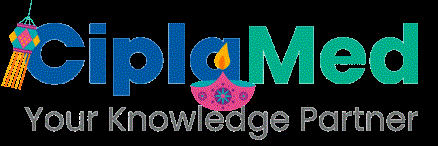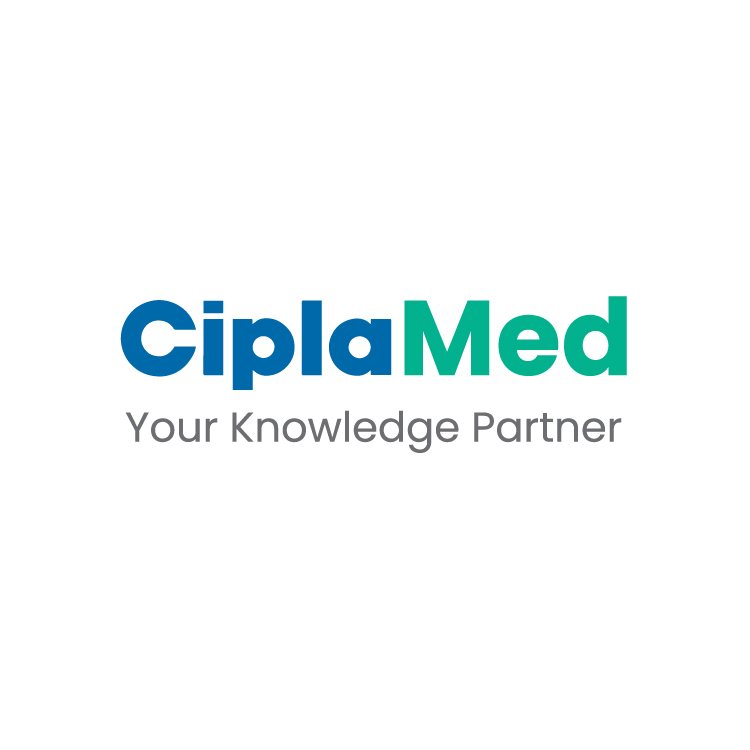ACR Convergence 2024: Pediatric Rheumatology – Clinical
Efficacy and Safety of Ixekizumab in Children with Active Juvenile Psoriatic Arthritis and Enthesitis Related Arthritis (COSPIRIT-JIA): 16-week Results of a Multicentre, Randomised, Open-label Study
Speaker: Dr. Athimalaipet Ramanan – Bristol Royal Hospital for Children and Translational Health Sciences
Key Highlights:
The COSPIRIT-JIA study, presented by Dr. Ramanan, evaluated the efficacy and safety of ixekizumab, an IL-17A monoclonal antibody, in children with active juvenile psoriatic arthritis (JPsA) and enthesitis-related arthritis (ERA). The 16-week results from this multi-centre, phase 3, randomized, open-label study provided valuable insights into this therapeutic approach for pediatric inflammatory arthritis.
Study Design and Rationale:
-
Study Design:
-
Type: Multi-centre, randomized, double-blind, placebo-controlled Phase 3 trial.
-
Objective: Evaluate safety and efficacy of ixekizumab vs. adalimumab (standard of care).
-
The first 40 patients were randomized 1:1 to receive either ixekizumab (IL-17A blocker) or adalimumab.
-
Additional patients were recruited to ixekizumab only to explore safety in a larger cohort.
-
Duration: The study focuses on 16-week initial treatment, with a subset of patients having the option to switch from adalimumab to 4-weekly ixekizumab after 2 years.
-
Primary Objective:
-
Evaluate safety and efficacy across two cohorts.
-
The primary endpoint involves assessing the percentage of participants meeting JIA ACR 30 response at week 16.
-
Bayesian statistical methods employed, with a posterior probability of ≥80% that 50% or more patients achieve ACR 30.
-
Methods:
-
Initial randomization: First 40 patients were split 1:1 to either:
-
Ixekizumab (IL-17A blocker)
-
Adalimumab (standard biologic therapy)
-
Remaining patients were allocated only to ixekizumab to assess its safety and long-term effects.
-
Adalimumab served as a historical comparator and reference standard given its biosimilar status globally.
-
Inclusion Criteria:
-
Age groups:
-
Enthesitis-related arthritis (ERA): Ages 6-18 years.
-
Juvenile psoriatic arthritis: Ages 2-18 years.
-
Criteria:
-
≥3 active joints.
-
No requirement for inadequate response to DMARDs or biologics.
-
Subgroups included both biologic-naïve and bio-refractory patients.
-
Exclusion Criteria:
-
Patients with other autoimmune disorders.
-
Patients with severe comorbidities.
-
Dosing Regimen:
-
Adalimumab:
-
20 mg for 10–30 kg.
-
40 mg for patients >30 kg.
-
Ixekizumab: Initial loading dose followed by maintenance doses:
-
20 mg for 10–25 kg.
-
40 mg for 25–50 kg.
-
80 mg for patients >50 kg (adult dose).
-
Endpoints:
-
Primary Endpoint: Percentage of participants achieving ACR 30 response at week 16.
-
Secondary Endpoints:
-
Long-term efficacy parameters.
-
Safety profile over the study period.
-
Historical comparisons with adalimumab’s efficacy and response rates.
The baseline demographics showed that recruitment leaned toward psoriatic spondylosis and enthesitis-related arthritis (ERA), with a higher median age observed in these groups. The median age in the adalimumab arm was 13 years, while the bio-naive and bio-experienced ixekizumab groups were older, reflecting a higher proportion of psoriatic spondylosis and ERA.
Gender distribution was fairly even across groups, with ERA contributing to these trends. Regarding prior DMARD use, only one-third of the adalimumab group had prior synthetic DMARD exposure, while approximately 50% of the ixekizumab bio-naive and bio-experienced groups had such prior exposure, with half of the bio-experienced patients having biologics that were refractory or intolerant.
Efficacy Results:
ACR 30 response at Week 16 by baseline JIA category (NRI)
|
Baseline JIA Category |
ADA Bio-naïve (N=20) |
IXE Bio-naïve (N=60) |
IXE Bio-experienced (N=21) |
All IXE (N=81) |
|
ERA |
15/16 (93.8) |
37/40 (92.5) |
11/14 (78.6) |
48/54 (88.9) |
|
JPsA |
4/4 (100.0) |
17/20 (85.0) |
7/7 (100.0) |
24/27 (88.9) |
|
All |
19/20 (95.0) |
54/60 (90.0) |
18/21 (85.7) |
72/81 (88.9) |
Importantly, higher response thresholds were also promising:
-
ACR 70: Achieved by approximately two-thirds of ERA patients and half of JPsA patients.
-
ACR 90: Reached by about one-third of ERA and JPsA patients.
-
ACR 100: Attained by roughly one in six ERA and one in four JPsA patients.
Adalimumab showed comparable efficacy within its smaller cohort, aligning with its well-established role in pediatric inflammatory arthritis.
Safety Profile:
-
The safety profile of ixekizumab was consistent with expectations.
-
Common adverse events included mild to moderate upper respiratory tract infections and nasopharyngitis.
-
Serious adverse events were limited (e.g., trauma-related acetabular fracture, sinusitis, and tonsillitis) and balanced between treatment arms. No unexpected or severe safety concerns emerged.
Conclusion:
Ixekizumab demonstrated robust efficacy and a favorable safety profile in pediatric patients with JPsA and ERA over 16 weeks, with over 90% achieving ACR 30 responses.
These findings support ixekizumab as a promising option for managing pediatric inflammatory arthritis, particularly in biologic-naïve and biologic-experienced populations.
American College of Rheumatology Convergence 2024, November 14–19, Washington, D.C.



.webp?updated=20241028052153)
